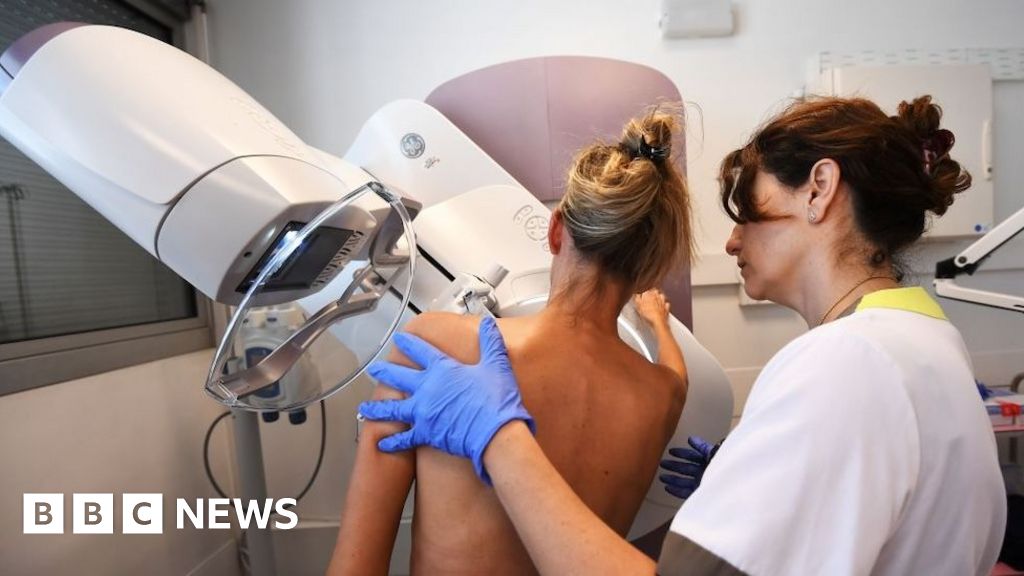Breaking: Medical Experts Advocate for Male Technicians in Mammography Screening

In a bold move to address critical staffing challenges, the Society of Radiographers is proposing a groundbreaking solution to the mammography workforce shortage: opening up mammogram screening roles to male radiographers. This innovative approach aims to tackle the persistent personnel gaps in breast imaging departments across healthcare facilities.
Currently, mammography has been predominantly a female-led profession, with women typically performing breast screenings. However, the Society argues that expanding opportunities to male radiographers could significantly alleviate the mounting pressure on existing staff and improve overall service delivery.
By breaking down traditional gender barriers, the proposal seeks to create a more inclusive and flexible workforce. Male radiographers, who are equally trained and qualified, could bring fresh perspectives and help meet the increasing demand for breast screening services.
The recommendation comes at a crucial time when healthcare systems are struggling with staff shortages and increasing patient screening requirements. Allowing male radiographers to perform mammograms could not only address workforce challenges but also potentially reduce waiting times and improve access to critical breast cancer screening services.
The Society of Radiographers emphasizes that professional competence and patient care should be the primary considerations, regardless of the radiographer's gender. This forward-thinking approach could represent a significant step towards more adaptive and inclusive healthcare practices.
